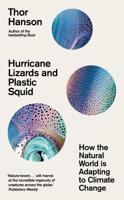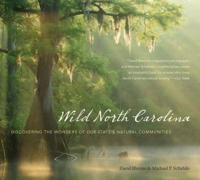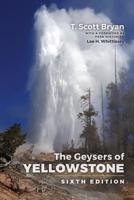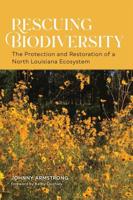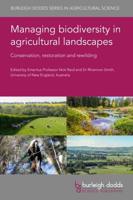Publisher's Synopsis
The dawn of an new millennium is an appropriate time to take stock of the condition of the Earth's ecosystems and to draw lessons from our global experience with managing and protecting them. This millennial edition focuses on five critical ecosystems that have been shaped by the interaction of physical environment, biological conditions, and human intervention - croplands, forests, coastal zones, freshwater systems, and grasslands.;These ecosystems produce a wide variety of foods and services. This report provides examples of goods and services, such as water purification or pollination, which occur naturally in a healthy ecosystem, but have to be replicated or supplemented if the natural declines. The first step to good management, the report proposes, is to acknowledge the value of these goods and services and the tradeoffs that we often make among them.;The second step is to base decisions on current information about the capacity of ecosystems to continue to provide goods and services. To demonstrate the feasibility of a full-scale Millennium Assessment of Global Ecosystems, the report provides bottom-line judgements based on a survey of current evidence for each ecosystem on food or fibre production, water quantity and quality, biodiversity, carbon sequestration, and recreation.;The final step to good management advocated in the report is an "ecosystem approach" that explicitly recognizes the interaction and tradeoffs among these goods and services, as well as the political and social context in which environmental decisions are made. Through five detailed case studies and many additional examples, the report demonstrates that people in all parts of the world, rich and poor, have the capacity to improve the way they manage ecosystems.



